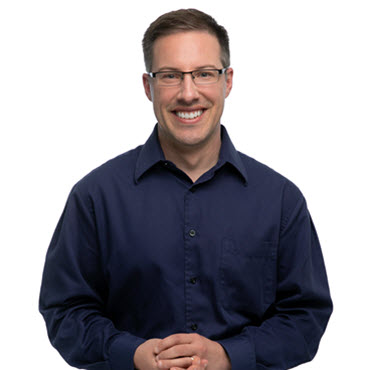
Sustainability is a complex topic and one that remains amorphous in many consumers’ minds. Yet the energy industry is amid a profound transition to truly become more environmentally sustainable. The twin drivers of this are declining costs of low- and no-carbon solutions (such as wind, solar and batteries) and increasing pressure from consumers and policymakers on the energy industry to address the climate crisis. At the same time, data from Escalent’s Cogent Syndicated Utility Trusted Brand & Customer Engagement: Residential study reveal how customers’ perception of their utility’s Environmental Dedication has reached historic lows.
With this background, we led a workshop during the 2024 CHARGE—Powering Energy Branding conference in Houston to help energy companies think about how they can effectively communicate their company’s sustainability efforts to their customers. When it comes to consumers’ sustainability habits and expectations, 78% of consumers say that an environmentally sustainable lifestyle is important to them yet 62% of consumers who do not adopt sustainable behaviors claim this is because the lifestyle is too expensive. Specific to energy, two-thirds of consumers seek personalized energy solutions, meaning that energy companies need to understand and relate to consumers on an individual level.
To help frame the workshop discussion, we presented four customer persona groups we’ve identified in our Energy research over the years who care about different things:
- Income-Driven Customers who seek to maximize their savings wherever they can.
- New Customers who may not be as knowledgeable about how energy works and how their behavior impacts use and cost.
- Eco-Friendly Customers who are willing to spend more to purchase eco-friendly products.
- Cost-Driven Customers who have the means to spend but choose products and services that make the most financial sense to them.
Armed with insights into what matters to these different personas, we split attendees into four groups to brainstorm how to best communicate a company’s efforts to lower its carbon footprint to each of these four customer personas. While the “ask” was monumental—figure out how to communicate to these personas in a period of 20 minutes—the groups came up with some insightful approaches.
For instance, the Income-Driven persona group thought about how a company can use data to tailor the messages it sends to these customers. As an example, smart meter data could help identify an old and inefficient air conditioner (AC) unit, and the company could communicate programs that allow the consumer to replace their AC with a high-efficiency unit, at no cost to the customer, thereby allowing the customer to save money on their monthly energy bill. This group was adamant that any communication with this Income-Driven customer group should be sensitive to the fact these customers want to save money and typically do not have the resources to make a big purchase that would allow them to cut costs.
The Eco-Friendly persona group discussed how a company could use specific word choices to better connect with its customers. For instance, “green” would likely resonate with Eco-Friendly consumers but may be a turnoff for other customer groups. One participant, a communication leader for a utility in the southern US, shared his company’s approach to environmental, social and governance (ESG) reporting: while his company believes in ESG and issues an ESG report, the term “ESG” has become so politicized that the company elects to call its report a “Community Responsibility Report,” a term that better resonates with its customers.
Dr. Fridrik Larsen, founder of the CHARGE conference who received his PhD in energy branding, noted at the end of the workshop how challenging it is to figure out how best to communicate environmental sustainability efforts to customers. While we agree it can be challenging, it doesn’t have to be impossible. With the right customer insights, understanding and strategic approach, energy companies can engage with their customers in empathetic conversations about sustainability efforts and programs that build brand trust and customer engagement.
If you’re interested in talking to our Energy team of sustainability, communication and brand experts about how you can best connect with your customers to explain what your company is doing, please send us a note using the below form—we’d love to hear from you!
Want to learn more? Let’s connect.










